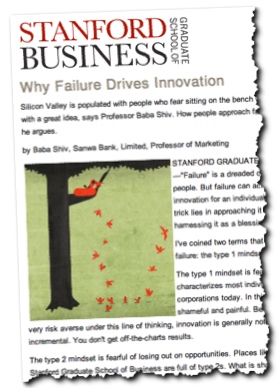(Edit note: Eight years later, Rebelmouse still exists and is going strong. But the free site described in this 2013 post is no longer available.)
Today Rebelmouse dropped the $9.99 monthly fee on using Rebelmouse to power your own website at your own domain. Here’s the announcement post with the details. The key quote is:
We’re now giving away many of the features that used to come with a $9.99 a month price tag for free, including the ability to make RebelMouse your own website on yourname.com!
I think it’s a great business move. Traffic on Rebelmouse.com has soared to more than 15 million unique visits monthly, and some major brands and media (Time, NBC, Burger King, ESPN) have caught on and are using it regularly. That success with enterprise makes it a good business move to open up more to individuals and small business. Which means even more traffic.
How can you use this in your business? Rebelmouse channels a social media stream to a website. In effect, it turns your social media engagement, or choices you make with hashtags or other blogs, into a perceptually-updating automatic website. This turns social media into a tangible web asset you can use.
Yesterday Dan Lyons posted Top Marketers Raving About Rebelmouse in Hubspot.
You can sign up for Rebelmouse for free at www.rebelmouse.com.
(Disclosure: I’m quite biased. Proud, actually, because the founder of Rebelmouse is my daughter Andrea Breanna.)








You must be logged in to post a comment.